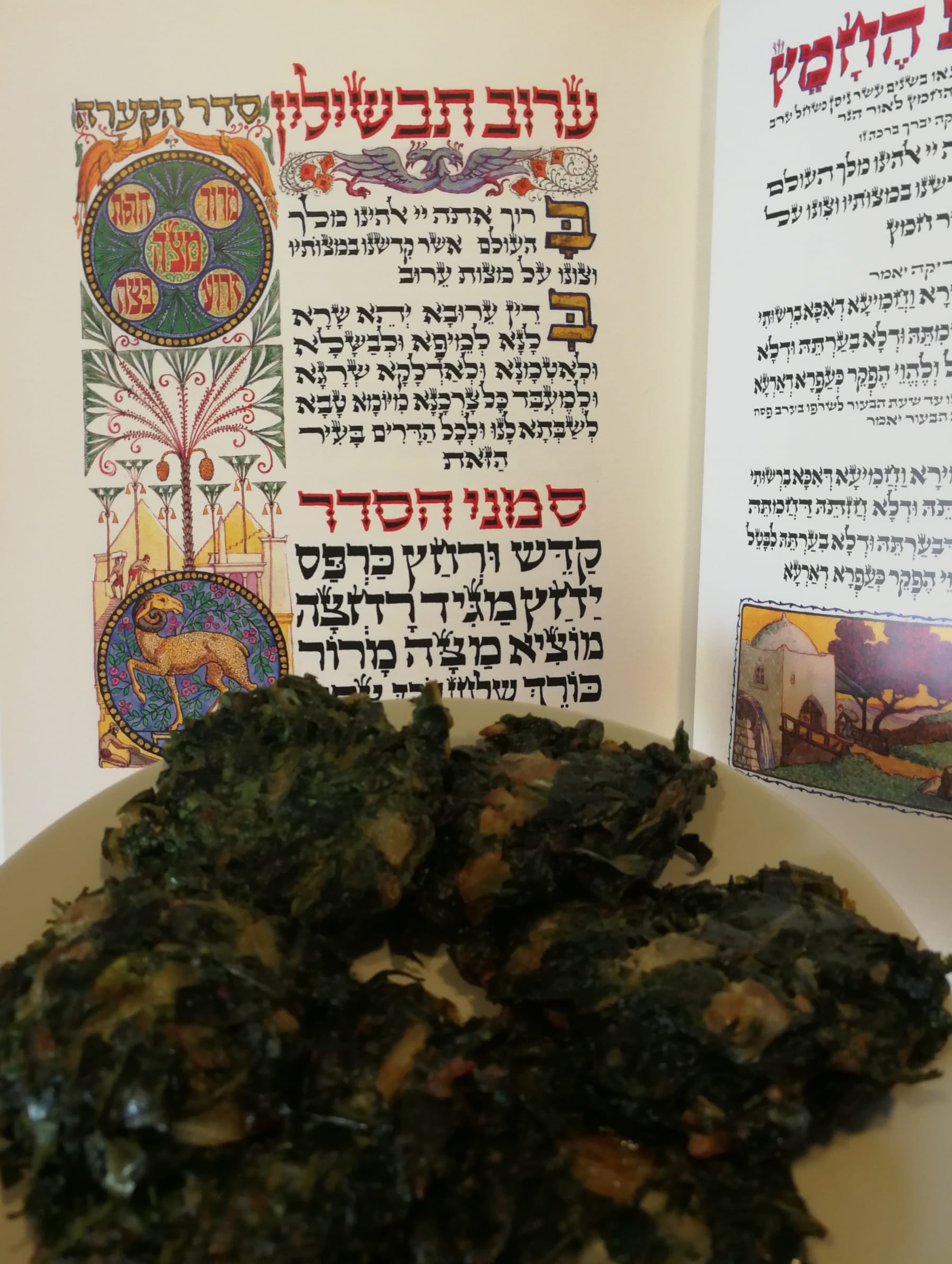Table of Contents
It’s that Passover / Pessach / Spring Cleaning / Bondage and Freedom / Bad Food time of year.
Threatened? I am. Its two weeks before Passover, everyone up here in this frenetic slice of paradise has launched into their manic cleaning and cooking of unusually tasteless foods for one of the two biggies on the Jewish calendar, the Passover feast known in Hebrew as ‘Seder night’ and in the Christian world immortalised in Leonardo de Vinci’s classic work ‘The Last Supper”.
Tradition, Tradition, Tradition, one of the Biggy’s of Passover is the generational retelling and reliving of the escape from the bondage and slavery of the ancient Pharaohs. Moses, who incidentally suffered from a bad stutter, was selected by God to lead his people, the enslaved “Hebrews” to freedom and eventually, after forty years of wandering around a desert, to well-deserved nationhood as “Israel” in Canaan, the Land of Milk and Honey.
This is a narrative of miracles and haste. The miracles were God given, people taken, and the haste denied the Hebrews the time needed for their bread to rise before fleeing. The big symbolic culinary prohibition of Passover is the absolute absence of any and all yeast, both manufactured and natural. Thus for a week the Jews relive the haste without the taste by eating unleavened bread known affectionately to all as matzah, the ‘bread of affliction’. Matzah is that ultimate race against time, dough made from wheat flour without yeast, is made rolled out and enters the oven before any natural yeasts can start their business of leavening or fermenting. By the stopwatch it is eighteen minutes to the second, so the sages tell us.
Now because of the fear of flour and thus yeast contamination, a higher standard of “Kosher” is required for the seven days of the Passover festival. Only foodstuffs with “Kosher for Passover” stamped on them can be used and consumed.
As flour usually goes into almost everything, during Passover the Jews only use what they call matzah meal or flour made from ground up matzahs or unleavened bread. It definitely has a unique taste, texture and persona, and one full week of it is more than enough symbolism to sustain us all for another year.
Passover is inherently an anti-kiwi festival; it’s a festival of absolutely no beers, none whatsoever. Nada.
Despite the loss of so many ingredients due to the kosher limitations during Passover it is still possible to make tasty things.



Photo credit The BFD.
Levivot
Levivot come in all colours, flavours, shapes and sizes. They can be made from almost anything vegetable or live. The term refers to the shape formed when moulding something with two hands and then frying it in oil. Aside from the principal ingredients, eggs and at Pessach time matzah meal are the essential binding agents required to make bona fide levivot.

Potato Matzah Meal Levivot
This is a traditional recipe made by my late mother-in-law Malkah Yemini Z.L., passed down and enjoyed by her descendants for many happy years.
Ingredients:
- Medium potato x 3 peeled, boiled, mashed
- Canola oil x 1/3 cup
- Matzah meal or bread crumbs x 1 cup
- Eggs x 3
- Salt and pepper to taste
- Water x ½ cup
- Canola oil for frying
Method:
Peel, boil and then mash the potatoes. Boil water, oil, salt and pepper together, remove from stove after boiled, add the matzah meal immediately and mix well. Leave to cool slightly then add one egg at a time, mix well, then add the mash potato and mix until it becomes one.
Set aside a small bowl of water to wet the hands, heat a centimetre and a half of oil to medium heat, ensure hands are wet and form levivot with your hands. The levivot will brown quite quickly – be attentive during frying. Once they’re fried, place on a paper towel to soak up the oil.

Green Levivot
This is one of Merav’s, my life wife’s, variations on a green leaf and mince levivot passed on by her mother. This one is for vego’s and pure health, so full of iron if you don’t devour it quickly it will start to rust.
Ingredients:
- Silver beet x two large bunches
- Parsley x one large bunch
- Coriander x one large bunch
- Onion x one large
- Garlic teeth x 3
- Eggs x 3
- Matzah meal/bread crumbs x half cup
- Oil for frying
Method:
Remove stems of silverbeet, wash well, chop and then dry well. Parsley and coriander: wash well, dry, chop and keep separately. Onion: peel, chop finely; garlic: peel and chop, set aside.
Fry onion with a shluk of oil in large pan until it starts to clear, add silverbeet and leaves will soften and reduce in volume, add garlic and turn off.
Add to a large bowl with the parsley and coriander. Beat three eggs, add salt and pepper to eggs then add to bowl, mix well and slowly add in matzah meal or bread crumbs. Once mixed, place something under one side of the bowl to ensure any liquid that forms is not incorporated into the mix.
Add one and a half centimetres of canola oil to a frypan and bring to a medium heat. Using your palms and inside of your hands shape levivot and place in pan, fry until lightly brown on both sides, remove and place on paper towel.
Still on the kosher for Passover recipes: next week, a delightful sweet or dessert that can be made just as tasty for Passover as any other time of the year. Mixed nuts and chocolate marquise. I am making this for my own Seder night.
If you enjoyed this recipe why not share it with your friends via social media or e-mail? If you want a copy of your own select the print option at the top of the page.









